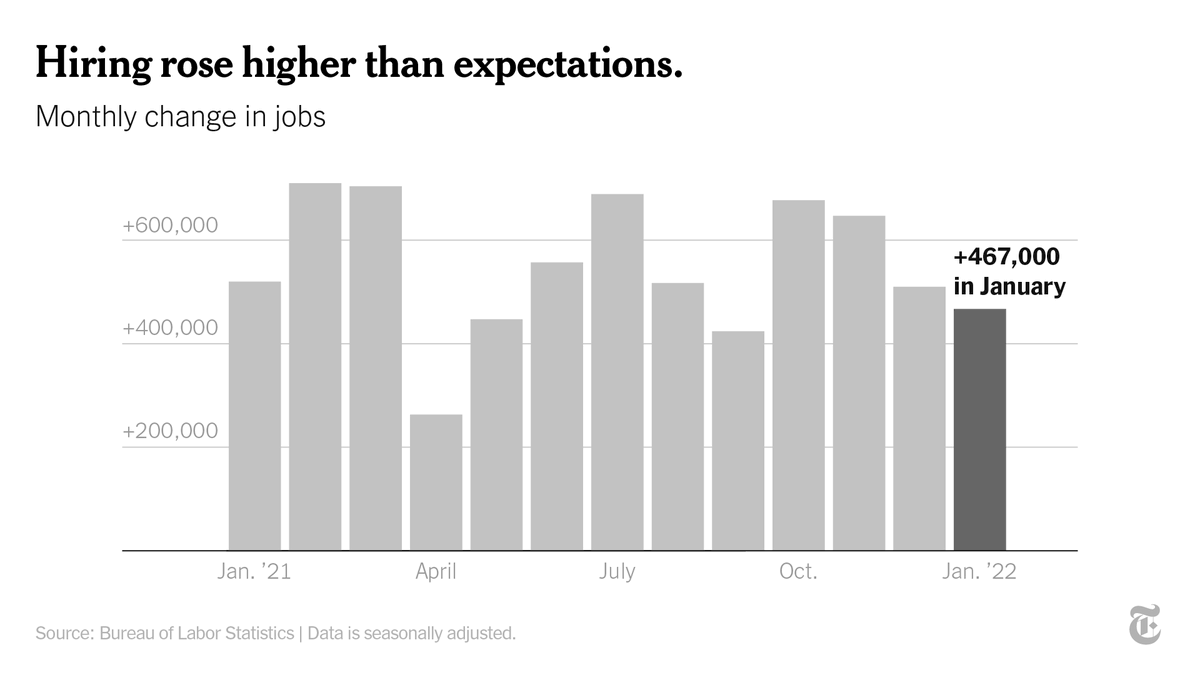
Nathan Chen is on the cusp of winning an Olympic gold medal in men's figure skating. After his defeat at the Games four years ago, he was crushed. This time, he's trying to appreciate the experience — win or lose. nyti.ms/3BiZYuw
In an interview, Chen described how finishing 17th in the short program in the 2018 Games was the worst moment in his young life. But, in many ways, it was also the best. nyti.ms/3BiZYuw 

Four years ago, Chen was an 18-year-old rising star under pressure that threatened to crush him. The world expected him to win an Olympic gold medal. The expectations soon started to feel like demands, and he internalized them. nyti.ms/3BiZYuw 

For months after the 2018 Games, he toured with Stars on Ice before enrolling at Yale University. He met other athletes and learned how to study and keep up with other students. In short, he discovered a life outside skating. nyti.ms/3BiZYuw 

Learning that there is more to life than skating, he said, has made him a better skater. He may seem invincible now, but he knows that could change in a second. And he’s OK with that.
Read more: nyti.ms/3BiZYuw
Read more: nyti.ms/3BiZYuw

If Chen can maintain his lead in the free skate, he’ll win an Olympic gold medal. Here's how to watch his upcoming performance. nyti.ms/34vZyVB
• • •
Missing some Tweet in this thread? You can try to
force a refresh








